Vagabond monk
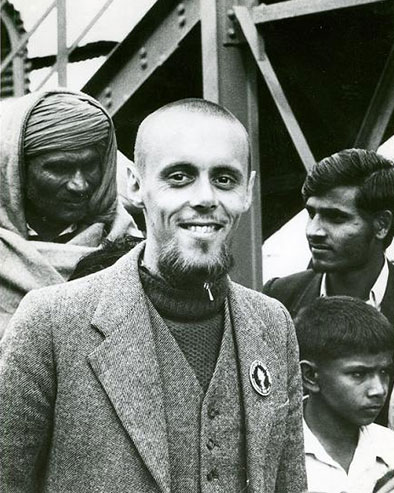
Charles in India in 1971
Born 1943 in Portsmouth, England, Scottish in name and heart, Charles Cameron is a vagabond monk traversing religious traditions.
He was nine when his father, a naval officer who’d fought in the Battle of the Barents Sea, died, and shortly thereafter decided that religion might offer a more reliable version of ‘family’ than biology had, and applied to an Anglican / Episcopalian monastery in Yorkshire to join the community.
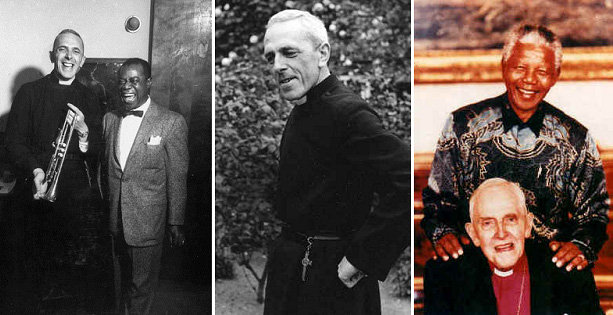
Trevor Huddleston, with Louis Armstrong, left, and Nelson Mandela, right
Unsurprisingly, they weren’t quite ready for an eleven-year old monk, but his application landed on the desk of the remarkable Fr. Trevor Huddleston, CR, recently returned from South Africa, who took young Charles under his wing, mentored him in monastic values – and introduced him to the poetry of Gerard Manley Hopkins.
Charles went up to Oxford with a love of the arts and liturgy and read theology under Reverend AE Harvey at Christ Church.
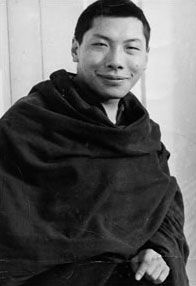
Chögyam Trungpa Rimpoche
While at Oxford, Charles met the young Tibetan lama, Trungpa Rimpoche and widened his interests to include the monastic and contemplative traditions of the East.
In 1964 or thereabouts, Charles took Trungpa on a semi-formal visit to Prinknash Abbey, a Benedictine Catholic monastery in southern England. Trungpa later wrote that this visit ‘strongly encouraged him’ and that it ‘demonstrated that the contemplative life could be carried out in the West’. Shortly after, Trungpa founded the first Tibetan monastic community in the West: Samye Ling, in Scotland.
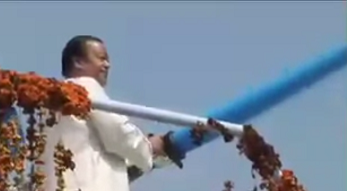
Maharaji plays Holi
Charles was taught to meditate in 1969 by the follower of an Indian guru – the young Maharaj Ji, seen here showering his followers with the colors of Holi festival – and spent a number of years in ashrams and traveling to talk about the guru and his meditative techniques. Always interested in interactions with followers of other traditions, reading Sufi poets and Zen tales, he wound up at one point interviewing the Lakota shaman Wallace Black Elk.
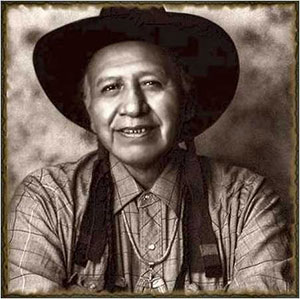
Wallace Black Elk
In 1978, Charles introduced Black Elk to Dr William S Lyon, professor of anthropology at Southern Oregon State College, Ashland, Oregon, and the trio co-taught an award winning course in the construction and ceremonial use of the traditional Lakota sweat lodge, a course which was repeated for several years. Participants soon began to request Black Elk to guide them on personal Vision Quests, and Ashland quietly became a native American ceremonial centre. For many years, a Lakota Sun Dance was held there each year under Black Elk’s direction.
Bringing his focus back to contemporary western spiritual thought, Charles spent some time studying and undergoing Jungian analysis, followed up with an extended study of the game Jung’s friend Hermann Hesse described in his Nobel-winning book, Magister Ludi / The Glass Bead Game.
Playing Hesse’s fictional game itself involves building a virtual architecture for the great thoughts of humankind, and the elite players in Hesse’s book were members of the ‘Castalian’ monastic order — albeit a non-religious one. Charles set out to make a version of the game that would be playable with a pencil on a paper napkin in a coffee house – the vagabond’s version of Castalia – as a means to the end that Hesse proposed for his game:
a direct route into the interior of the cosmic mystery, where in the alternation between inhaling and exhaling, between heaven and earth, between Yin and Yang, holiness is forever being created
And so the HipBone Games, antecedents of today’s Sembl games and Sembl thinking, were born…
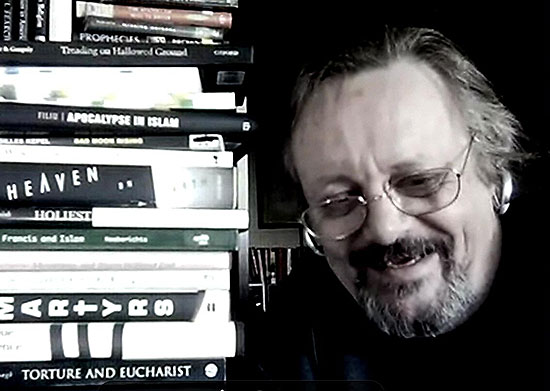
Charles in 2012
Charles currently sits zen, writes poetry, corresponds with sufis, contributes on topics of philosophy (yes!) and religious warfare (you guessed, I’m against it!) on Mark Safranski’s Zenpundit blog, and hosts events for social entrepreneurs on the Skoll Foundation’s Social Edge.
Whatever next? Who knows…
